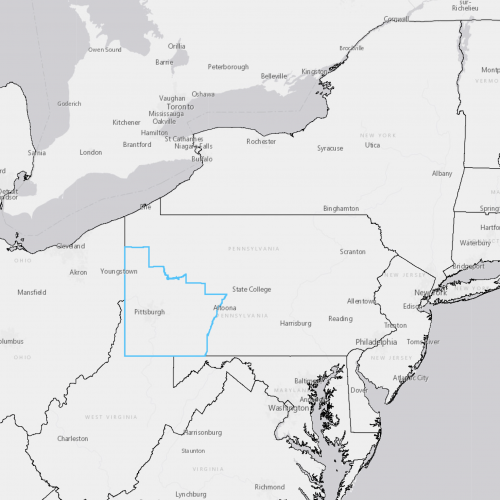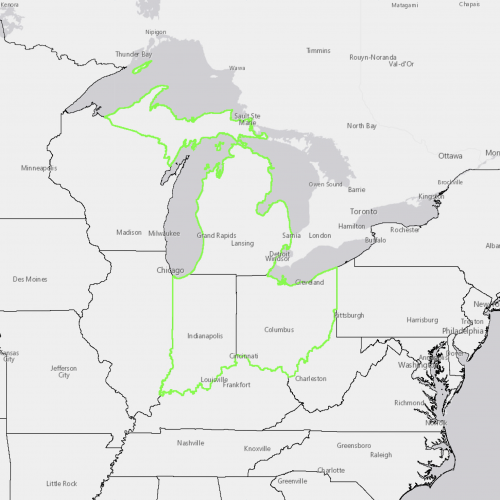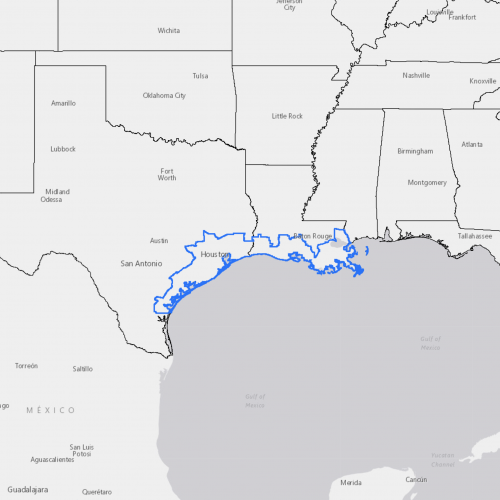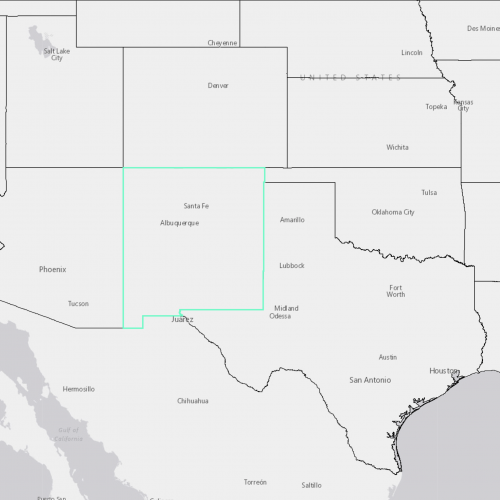APPALACHIAN PENNSYLVANIA faces the ongoing disruption from the decline of coal, with disruption from the potential decline of natural gas. It will also face a moderate risk of heat stress and high risk of extreme rainfall in the years to come, driven by climate change.

Across Appalachia, coal production has declined by over 45% since 2005, driven by a lack of economic competitiveness and emissions regulation, expected to drop further in the coming years. The region has lost over 33,500 coal jobs since 2011—82% of total U.S. coal job losses. The bulk of those losses are concentrated in just 16 Appalachian counties, including Greene County. Pennsylvania as a whole is home to 9% of the nation’s coal jobs. The economic impacts of ongoing decline of coal in Appalachian Pennsylvania have been buffered in part by a boom in natural gas. Pennsylvania has gone from having negligible gas production, as recently as 2008, to producing 19% of the nation’s natural gas, today. This boom shows little sign of slowing: Greene County experienced a 33% year-over-year growth in natural gas production in 2019. Without intervention, Appalachian Pennsylvania faces continued, accelerating job losses due to the decline of coal, and the impending decline and uncertain role of natural gas in the future.


























